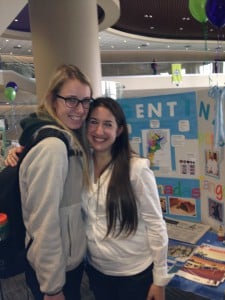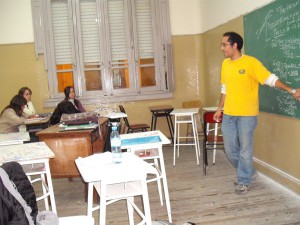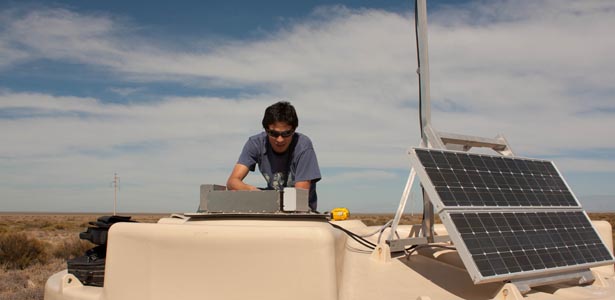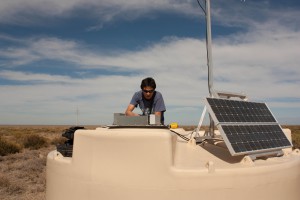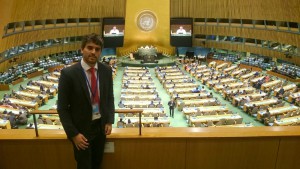
Franco Borrello, 2014-2016, Argentina, attending the 70th UN General Debate at the UN Headquarters in New York City on September 28th, 2015. During this historic event, the 2030 Agenda for Sustainable Development was adopted.
I have dedicated my career to studying energy, and it is one of the reasons why I came to Boston to pursue a Master of Science in Energy Systems at Northeastern University, thanks to the Fulbright Foreign Student Program.
This year, I have had the pleasure of participating in two high-level events at the United Nations Headquarters in New York City. In May, I attended the annual Sustainable Energy for All (SE4ALL) Forum. The SE4ALL initiative is a multi-stakeholder partnership launched by the UN in 2011 with three main objectives to be achieved by 2030: Ensuring universal access to modern energy services; doubling the global rate of improvement in energy efficiency; and doubling the share of renewable energy in the global energy mix.
During this event, I learned about success stories, innovations, and solutions deployed across the world in the energy sector. Most importantly, I interacted with colleagues and decision-makers in my field who shared valuable advice, which in turn, contributed to improving my own ideas. A very important takeaway I was left with was that establishing collaborative public-private partnerships has been very important to the energy field, especially in promoting and reducing risk in renewable energy projects designed for developing countries.

